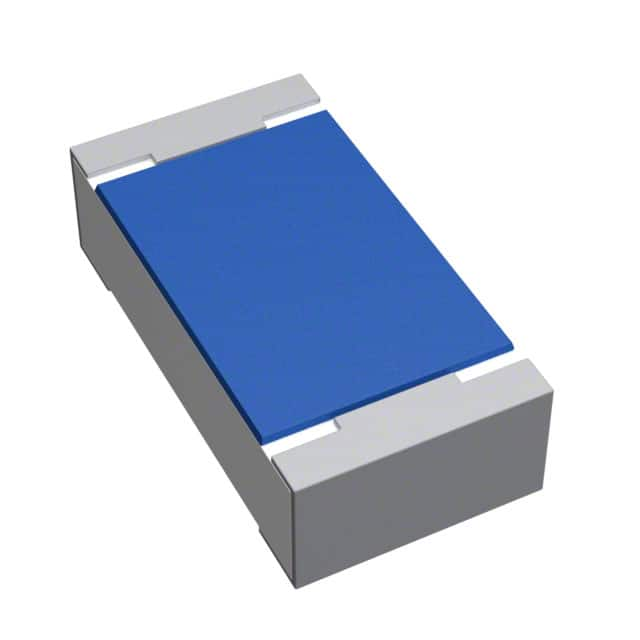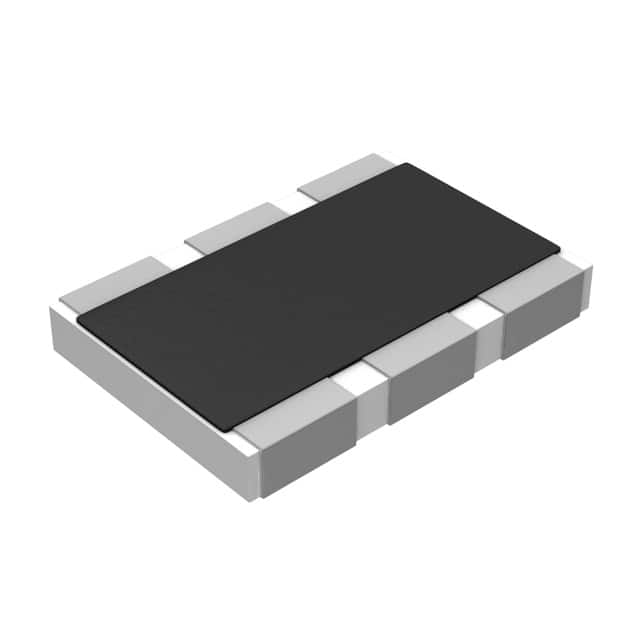Ⅰ. Resistors
Ⅱ. Electrical Characteristics of Resistors
Ⅲ. Physical Characteristics of Resistors
A resistor is an electrical component that opposes the flow of electrical current in a circuit. It is designed to have a specific resistance value, which is measured in ohms (Ω). Resistors are commonly used in a variety of electronic circuits to control the flow of current, limit voltage, or to provide biasing to active components such as transistors and amplifiers.

Resistors can be made from a variety of materials, including carbon, metal film, and wire-wound. The choice of material depends on the desired resistance range, temperature coefficient, and power rating. Carbon composition resistors are inexpensive and commonly used in low power circuits, while wire-wound resistors are used in high power applications due to their ability to handle higher currents and higher temperatures.
The value of a resistor is indicated by color-coded bands on the resistor body. The color code consists of a series of bands that represent the resistor's resistance value, tolerance, and temperature coefficient. The tolerance band indicates the allowable range of error in the resistance value, while the temperature coefficient band indicates how the resistance value will change with temperature.

Resistors can be classified into fixed resistors and variable resistors. Fixed resistors have a fixed resistance value and are used in circuits where a fixed amount of resistance is required. Variable resistors, also known as potentiometers or rheostats, allow for the adjustment of resistance within a specific range.
The power rating of a resistor is the maximum amount of power that the resistor can safely dissipate without being damaged. This rating is important to consider when selecting a resistor for a specific application, as too much power dissipation can cause the resistor to overheat and fail.
Resistors are a fundamental component in electronic circuits, providing precise control over the flow of current and voltage in a wide range of applications.
Electrical Characteristics of Resistors
In addition to their physical characteristics, resistors have certain electrical characteristics that determine their behavior in a circuit. Some of the most important electrical characteristics of resistors include:
Resistance: This is the most important electrical characteristic of a resistor, and it determines how much it resists the flow of electrical current. The resistance of a resistor is measured in ohms (Ω).
Tolerance: Tolerance is the maximum deviation from the specified resistance value, and it is expressed as a percentage of the nominal resistance. For example, a resistor with a nominal value of 1 kΩ and a tolerance of ±5% could have an actual resistance of anywhere between 950 Ω and 1050 Ω.
Power rating: The power rating of a resistor is the maximum amount of power it can safely dissipate without overheating or being damaged. It is usually expressed in watts (W), and is determined by the size and construction of the resistor.
Temperature coefficient: The temperature coefficient of a resistor is the rate at which its resistance changes with changes in temperature. It is usually expressed in parts per million per degree Celsius (ppm/°C), and is an important consideration for applications where the temperature will vary significantly.
Frequency response: The frequency response of a resistor refers to how its resistance varies with changes in frequency. While most resistors have a relatively flat frequency response, some types of resistors (such as inductive and capacitive resistors) can exhibit significant variations in resistance with changes in frequency.
Noise: Resistors can generate noise (unwanted electrical signals) due to thermal agitation of the electrons within the resistor material.This noise is usually negligible for most applications, but can be a concern in very sensitive circuits.
Understanding the electrical characteristics of resistors is important for selecting the right resistor for a given application, as well as for designing and analyzing circuits that use resistors.
Physical Characteristics of Resistors
Resistors are passive electronic components used to resist the flow of electrical current in a circuit. They are designed to have a specific resistance value, which is measured in ohms (Ω). Resistors come in different shapes and sizes, but they all share some common physical characteristics:
Body: The body of a resistor is usually cylindrical or rectangular in shape. It is made of a non-conductive material such as ceramic, carbon or metal oxide.
Leads: Resistors have two leads or terminals that are used to connect them to a circuit. The leads are usually made of a conductive material such as copper or tin.
Resistance value: The resistance value of a resistor is indicated by a color code or by a numerical value printed on the body of the resistor. The resistance value is determined by the material and dimensions of the resistor.
Tolerance: The tolerance of a resistor is the maximum deviation from the specified resistance value. It is expressed as a percentage and is also indicated by a color code or by a numerical value printed on the body of the resistor.
Power rating: The power rating of a resistor is the maximum power that it can dissipate without getting damaged. It is expressed in watts and is also indicated by a color code or by a numerical value printed on the body of the resistor.
Temperature coefficient: The temperature coefficient of a resistor is the change in resistance per degree Celsius of temperature change. It is usually expressed in parts per million (ppm) per degree Celsius.
The physical characteristics of resistors are important for understanding how they work and for selecting the right resistor for a particular circuit.
标签:resistors



